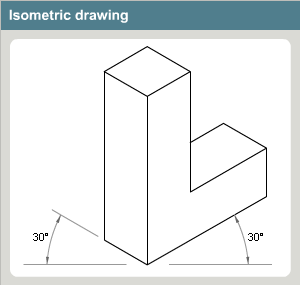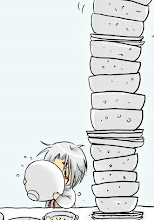Q1. a. Elder-friendly housing: Singapore has been successful in making a lot of homes for people. As the population of Singapore is ageing, more elderly people means that the requirement of elder-friendly environments are needed. So one of the recommendation is to equip the housing environments with age-sensitive features.
b. Barrier-free society: In order for our seniors to live independently and engage actively in society, the environment around them must provide unhindered access from homes to public places, communal and recreational facilities. So one of the recommendation is to have elder-friendly buses to move around Singapore more easily.
c. Holistic affordable healthcare and eldercare: As the elderly require more healthcare, Singapore will need to ensure that its seniors are well taken care of. So one of the recommendation is to top up Medisave accounts of less well-off Singaporeans when there are budget surpluses.
d. Active lifestyles and well-being: The elderly can still contribute to their families, communities and society meaningfully, so Singaporeans, both young and old, must adopt positive attitudes towards ageing and seniors. So one of the recommendation is to set up a fund to seed more programmes and activities for seniors and by seniors.
Q2. One recommendation suggested by the CAI report is to make all HDB housing estates barrier-free across Singapore. This will allow seniors to move out of their homes and into the community; and participate actively in society.
Q3. a. Top up Medisave accounts of less well-off Singaporeans when there are budget surpluses that the Government can share with the people.
b. Family physicians should play an important role in the management of healthcare needs for seniors.
Q4. a. Maybe we can use recycled materials when "upgrading" the houses.
b. Always help them when you see them in need.
c. Have more involvement in CIP regrading the elderly.






 Orthographic drawing
Orthographic drawing
